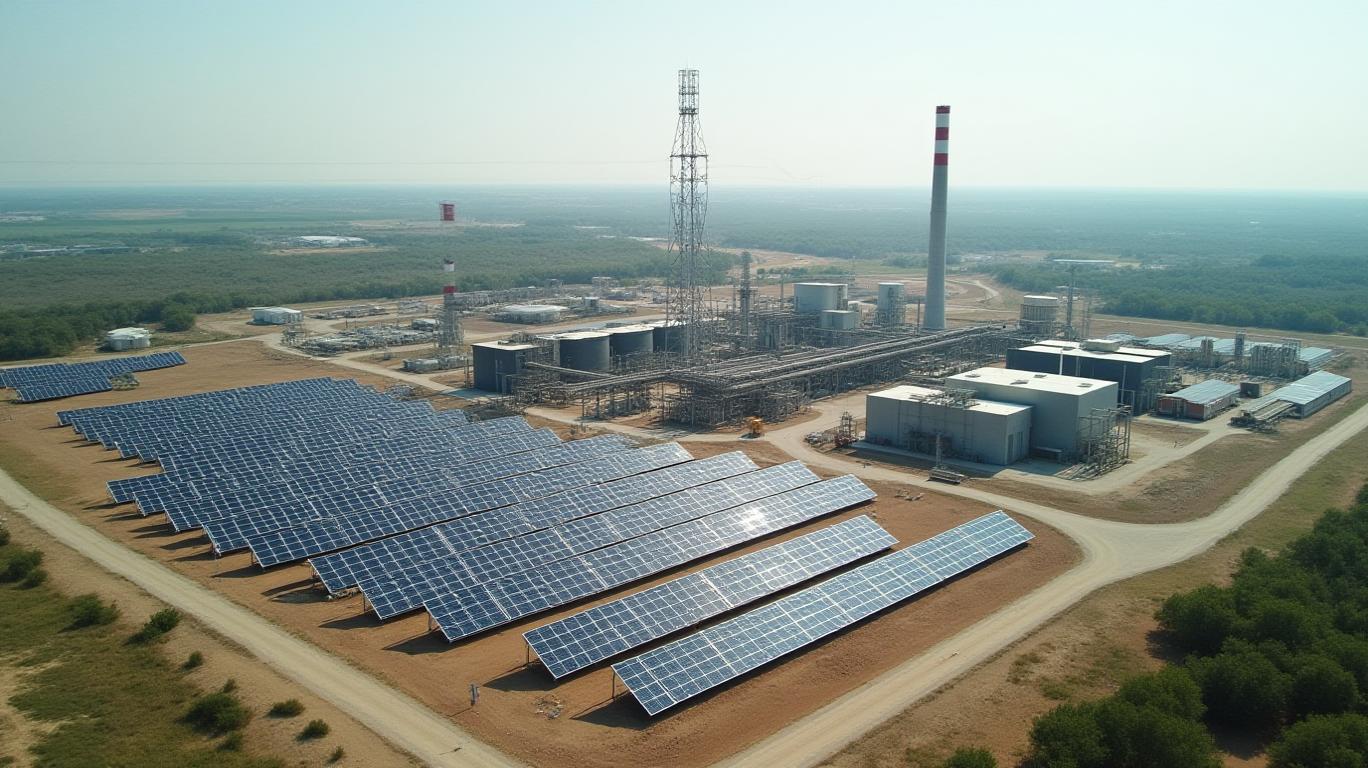$3.1 Billion OSTTRA Sale: A Strategic Exit or a Risky Roll of the Dice for KKR?

The financial infrastructure sector just got a jolt with the news that S&P Global (NYSE: SPGI) and CME Group (NASDAQ:CME) are offloading their joint venture, OSTTRA, to KKR (NYSE: KKR) for a staggering $3.1 billion. The deal, announced on April 14, 2025, marks a strategic pivot for both sellers while posing a significant challenge—and opportunity—for the private equity giant. Let’s unpack the implications.
The Strategic Exit Play
OSTTRA, formed in 2021 through the merger of CME’s Traiana and S&P’s MarkitSERV, has become a critical backbone of the $700 trillion OTC derivatives market. It processes over 80 million trades annually, handling lifecycle management for everything from interest rate swaps to FX derivatives. For S&P and CME, this sale is a classic “trim the portfolio” move.
Date | Closing Price(USD) |
|---|---|
| 20250416 | -- |
| 20250416 | -- |
Name |
|---|
| S&P GlobalSPGI |
| CME GroupCME |
The $3.1 billion price tag—split evenly between the two firms—translates to roughly 10x OSTTRA’s estimated EBITDA, a premium that underscores its profitability. CME CEO Terry Duffy called it a “strategic reallocation” of capital, while S&P’s John Barneson framed it as a shift toward “high-growth adjacencies.” The move aligns with broader trends: S&P has been shedding non-core assets since its 2021 acquisition of IHS Markit, while CME is doubling down on its exchange business.
KKR’s Big Bet on Financial Infrastructure
KKR’s acquisition of OSTTRA is its largest bet yet on financial tech infrastructure. The firm is betting that its operational expertise can supercharge OSTTRA’s growth. Plans include expanding into emerging markets and boosting automation tools, with an eye on capturing rising demand for post-trade solutions amid regulatory scrutiny.
But the risks are formidable. OSTTRA’s success hinges on retaining its 1,500 employees—a concern KKR addressed by announcing an employee equity program. The firm’s strategy of “scaling” infrastructure firms (e.g., its $15 billion acquisition of Flex) suggests confidence, but the OTC market is highly regulated and fragmented.
Regulatory Crossroads
The deal’s $3.1 billion price tag and systemic importance mean regulators won’t rubber-stamp it. While the announcement didn’t specify jurisdictions, antitrust reviews in the U.S. and EU are likely. OSTTRA’s role as a critical post-trade infrastructure provider—handling trades for 90% of the top 50 global banks—could raise red flags about market concentration.
The parties expect closing by late 2025, but delays are possible. A comparable deal, ICE’s $12 billion purchase of Black Knight in 2021, faced a six-month regulatory review. If history repeats, KKR may need to divest non-core OSTTRA assets to win approval.
The Bigger Picture: A Bargain or a Bubble?
The $3.1 billion valuation is steep, but it’s in line with recent infrastructure deals. For context, FIS’s $34 billion buyout of Worldpay in 2019 valued it at 14x EBITDA, while Fiserv’s $22 billion acquisition of First Data fetched 12x. OSTTRA’s 10x multiple seems conservative by comparison, suggesting KKR sees upside.
Yet OSTTRA’s profitability hinges on retaining clients. If banks like JPMorgan or Goldman Sachs pivot to in-house solutions or rival platforms, revenue could stagnate. KKR’s success will depend on innovation—think AI-driven trade reconciliation or blockchain integration—to justify the price.
Conclusion: Winners and Losers
The immediate winners are S&P and CME shareholders. S&P, for instance, could pocket $1.55 billion, potentially boosting its buyback program or funding its AI initiatives. Meanwhile, KKR is taking on a high-stakes bet—OSTTRA’s scalability will define its return.
For the market, the deal signals confidence in post-trade infrastructure’s growth, especially as OTC volumes rebound post-pandemic. However, KKR’s ability to navigate regulatory hurdles and tech disruption will determine if this $3.1 billion price tag becomes a triumph or a tombstone.
In the end, this isn’t just about a single transaction. It’s a test of whether private equity can truly transform legacy financial infrastructure—or if it’s chasing a ghost in a sector where profit and regulation are perpetually at odds. The clock is ticking.


_442a2dcc1749832873286.jpeg)
_e68fac6d1749831664430.jpeg)





